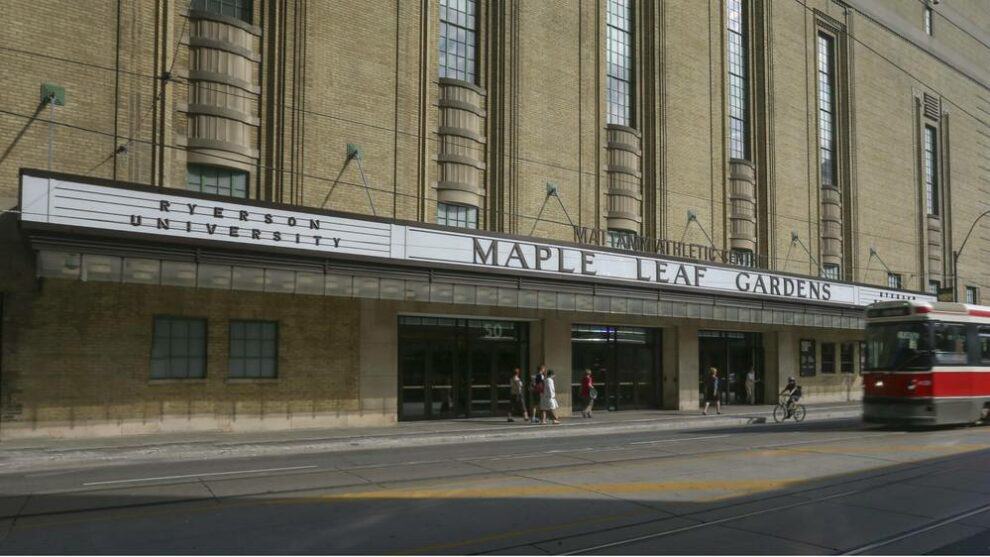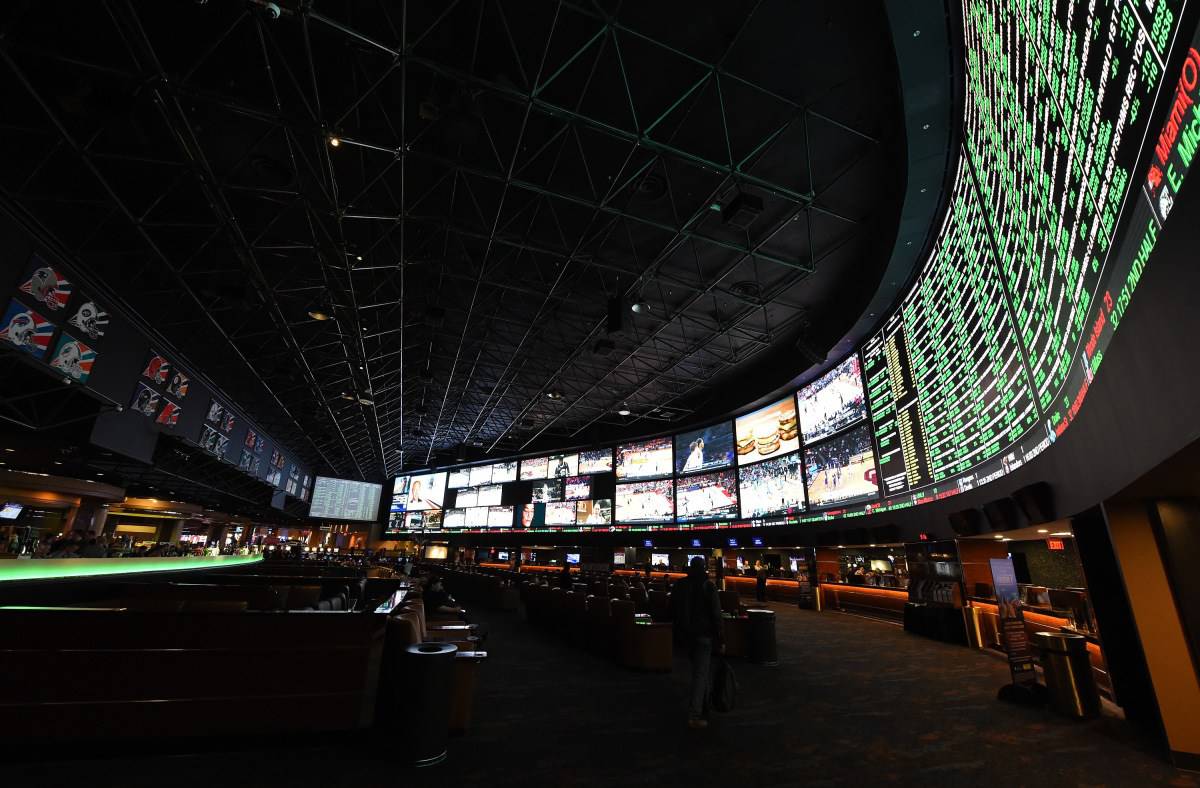
- Maple Leaf Gardens opened in 1931 as the new home of the NHL Toronto Maple Leafs.
- Initally, the venue was designed to seat over 13,000 spectators making it a huge arena for the times.
- The Maple Leafs moved to a new home in February 1999.
Maple Leaf Gardens, an iconic landmark in the history of Canadian sports and culture, stands as a testament to the nation’s deep love for ice hockey. Opened on November 12, 1931, in Toronto, Ontario, it was built as the new home for the Toronto Maple Leafs of the National Hockey League (NHL). Over the decades, this arena would become one of the most celebrated venues in the sport, witnessing numerous historic moments and legendary figures.
The construction of Maple Leaf Gardens was a bold venture, initiated during the Great Depression by Conn Smythe, the owner of the Maple Leafs. Smythe’s determination to build a grand arena for his team was a significant gamble, but it paid off spectacularly. The Gardens were designed to seat over 13,000 spectators, making it one of the largest arenas of its time. Its debut was a landmark moment in Canadian sports, signaling a new era for professional hockey.
From its inception, Maple Leaf Gardens was more than just a venue for hockey games. It hosted a wide array of events, including political rallies, boxing matches, concerts, and other sporting events. However, its heart and soul were always tied to the Maple Leafs. The team experienced significant success during its tenure at the Gardens, winning 11 Stanley Cups, with their most recent championship in 1967.
The arena’s architecture and atmosphere contributed to its legendary status. The bowl-shaped seating provided excellent sightlines, creating an intimate setting where fans felt close to the action. The ambiance on game nights was electric, filled with the passionate cheers of Maple Leafs supporters, often referred to as “the blue and white faithful.”
Maple Leaf Gardens was also known for its unique features, such as the iconic center-ice hanging scoreboard and the distinct parquet-style flooring in its corridors. These features, combined with the historic events that took place there, imbued the Gardens with a sense of mystique and reverence among hockey enthusiasts.
Over the years, the arena underwent several renovations to keep pace with the evolving needs of sports and entertainment. Despite these updates, by the 1990s, it became apparent that a new, more modern facility was needed to replace the aging Maple Leaf Gardens. In February 1999, the Maple Leafs played their last game at the Gardens, moving to the newly constructed Air Canada Centre (now known as Scotiabank Arena).
After the departure of the Maple Leafs, Maple Leaf Gardens faced an uncertain future. It was used for various purposes, including as a retail space, before undergoing a significant redevelopment. In 2012, part of the building was reopened as the Mattamy Athletic Centre, a multi-purpose sports and recreational facility for Ryerson University, while retaining some of the historical elements of the original structure. The building’s lower level houses a large supermarket, integrating the historic site into the daily life of the community.
Today, Maple Leaf Gardens stands as a cherished piece of Toronto’s architectural and cultural heritage. While its role has evolved, the memories and legacy of its days as the heart of hockey in Toronto continue to resonate with fans and citizens alike. Its transformation from a sports arena to a multifaceted community space reflects the changing dynamics of urban development and the enduring significance of historical landmarks.









